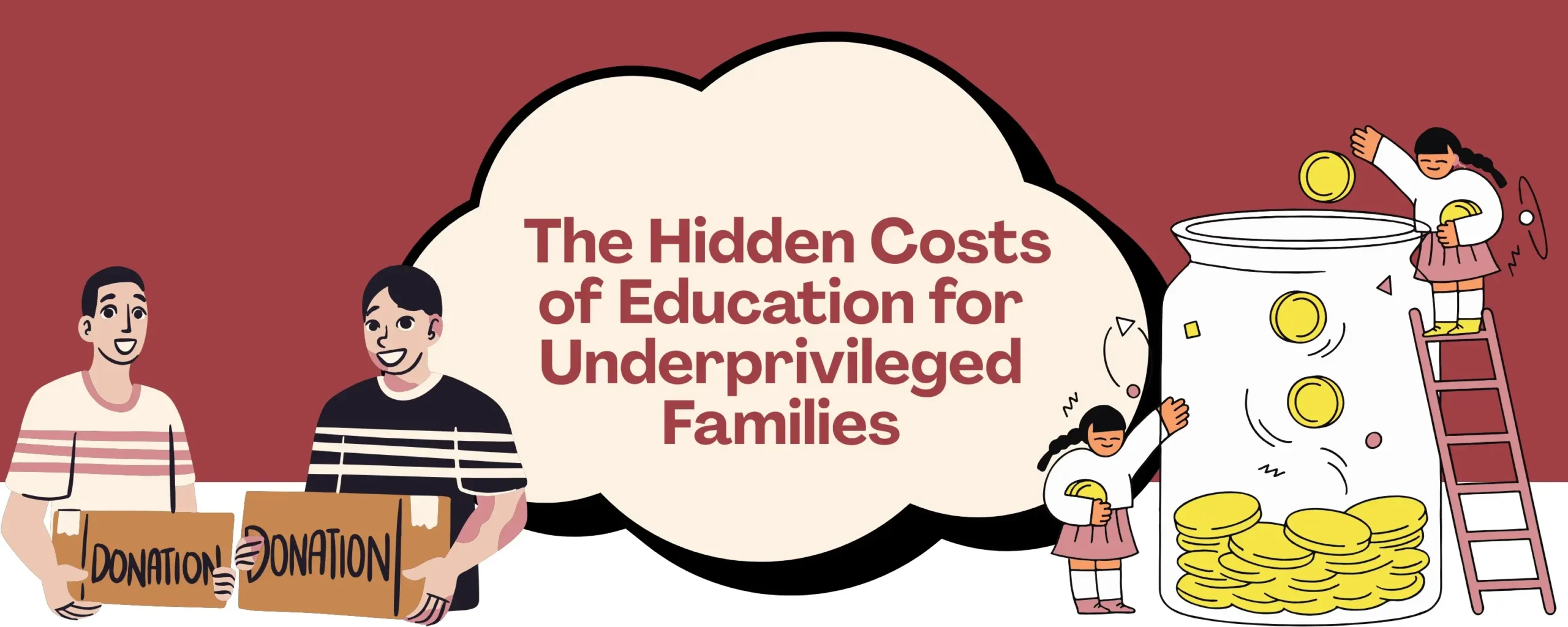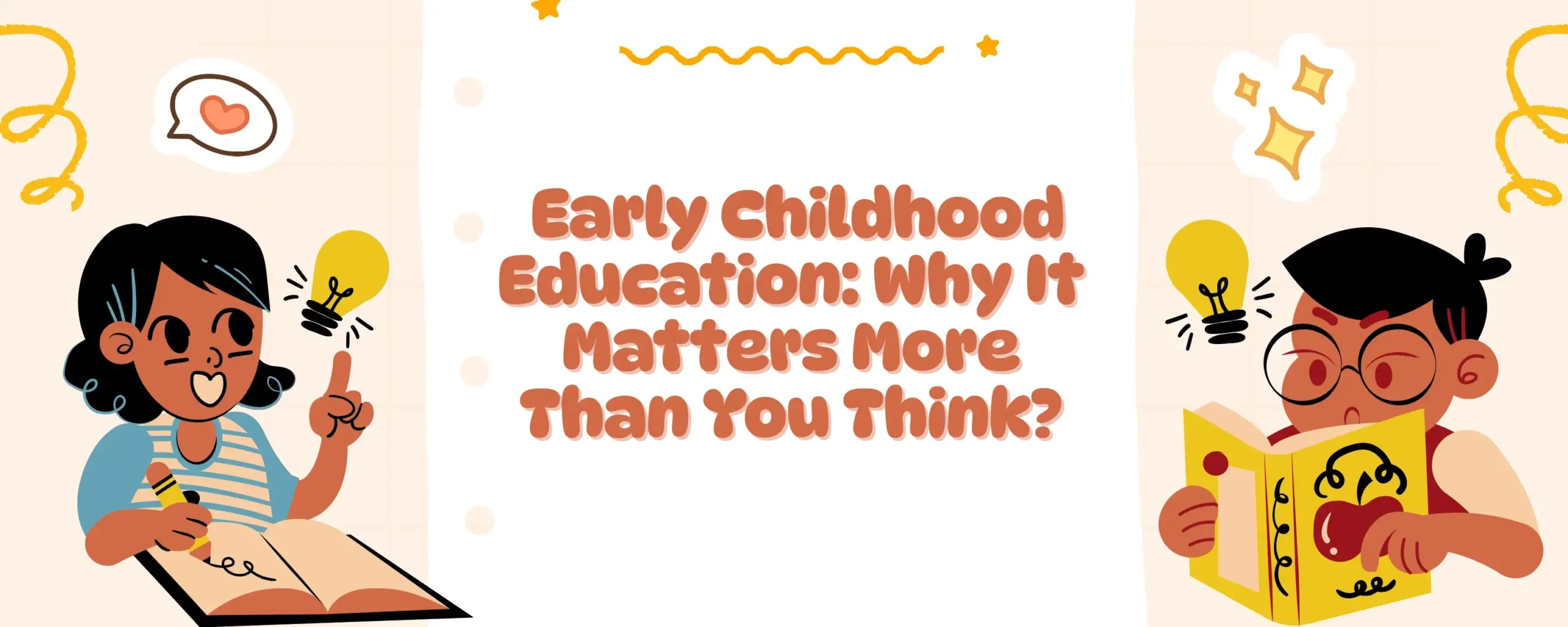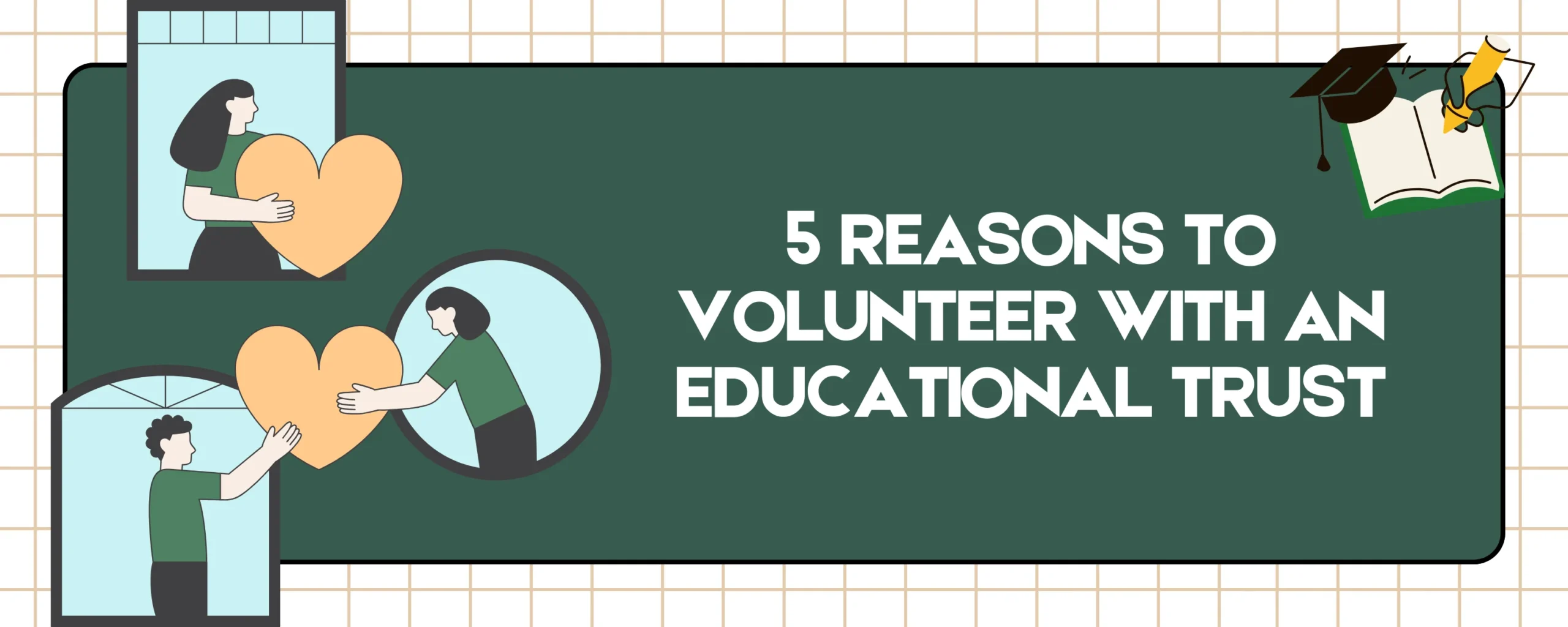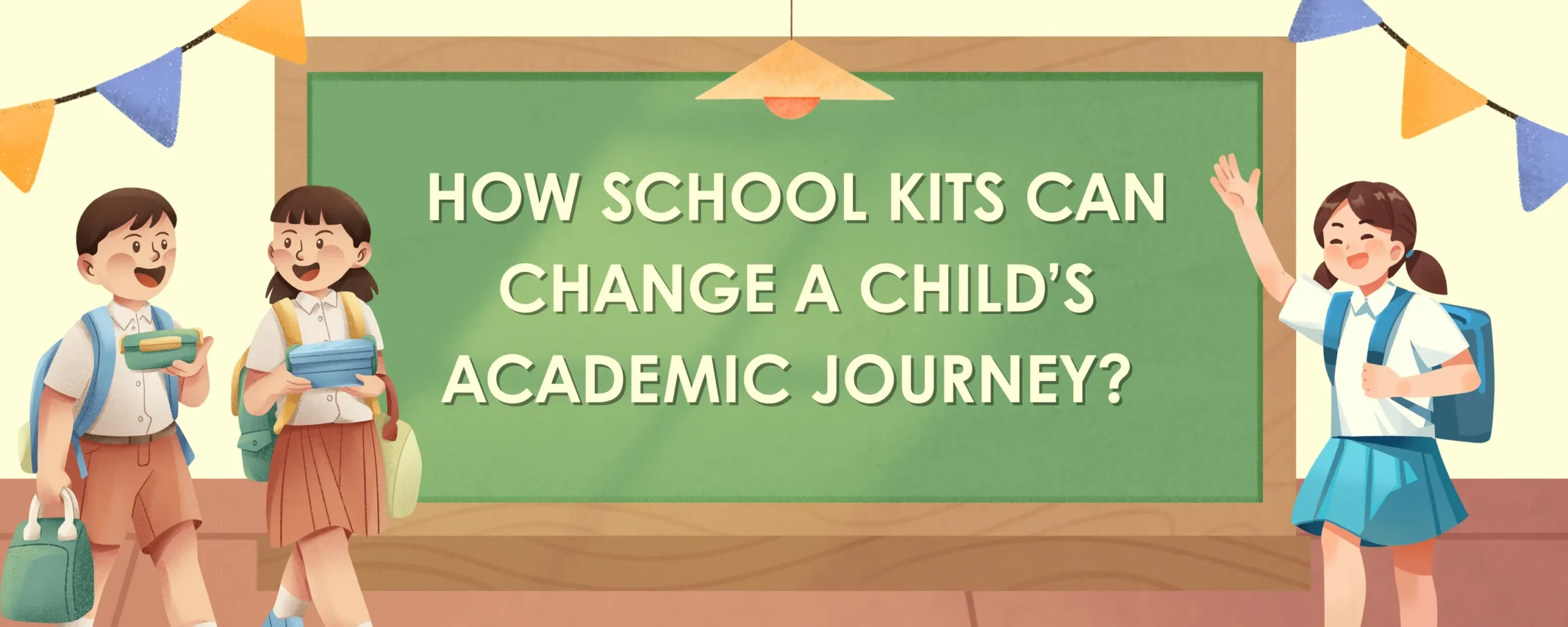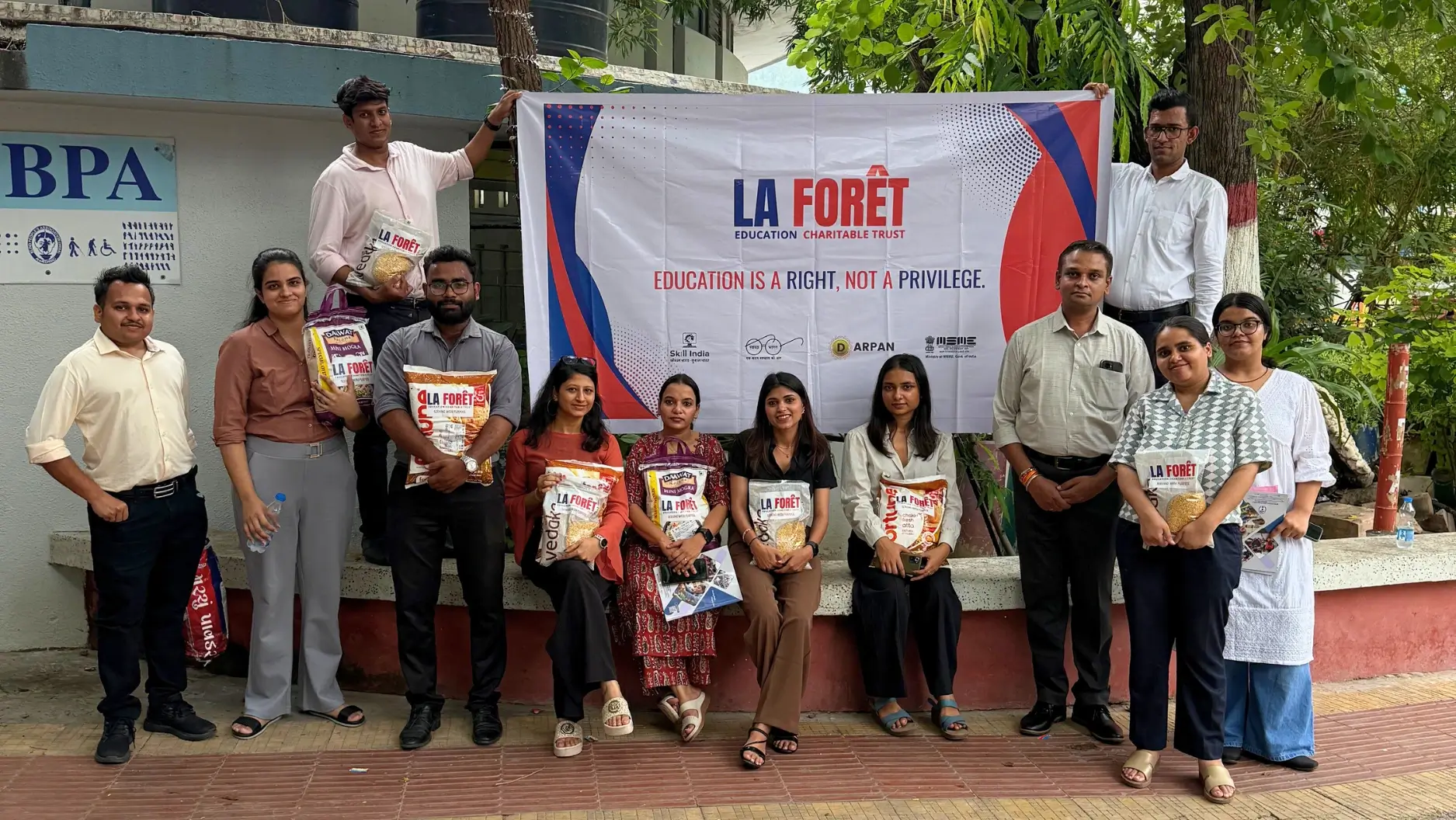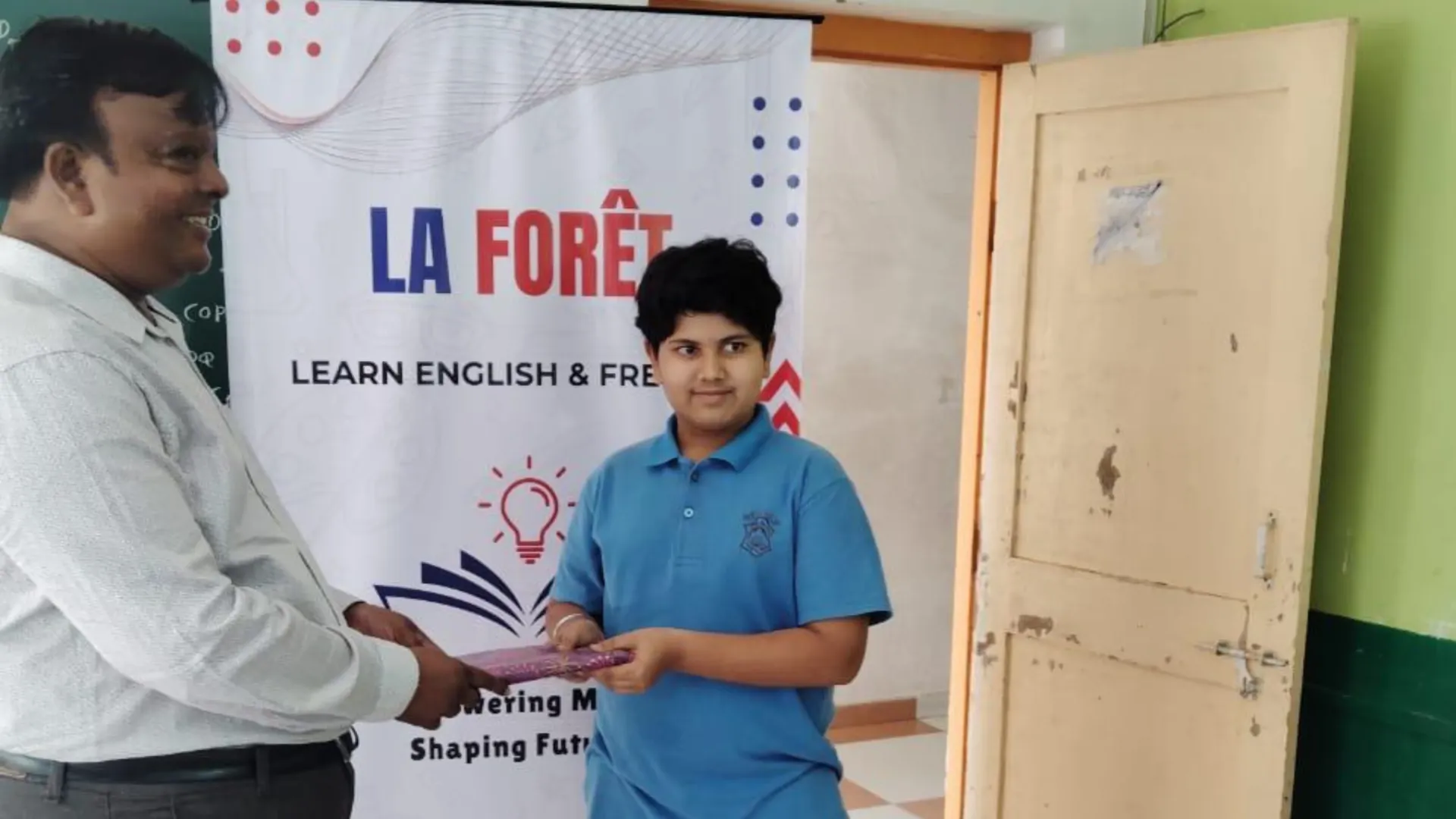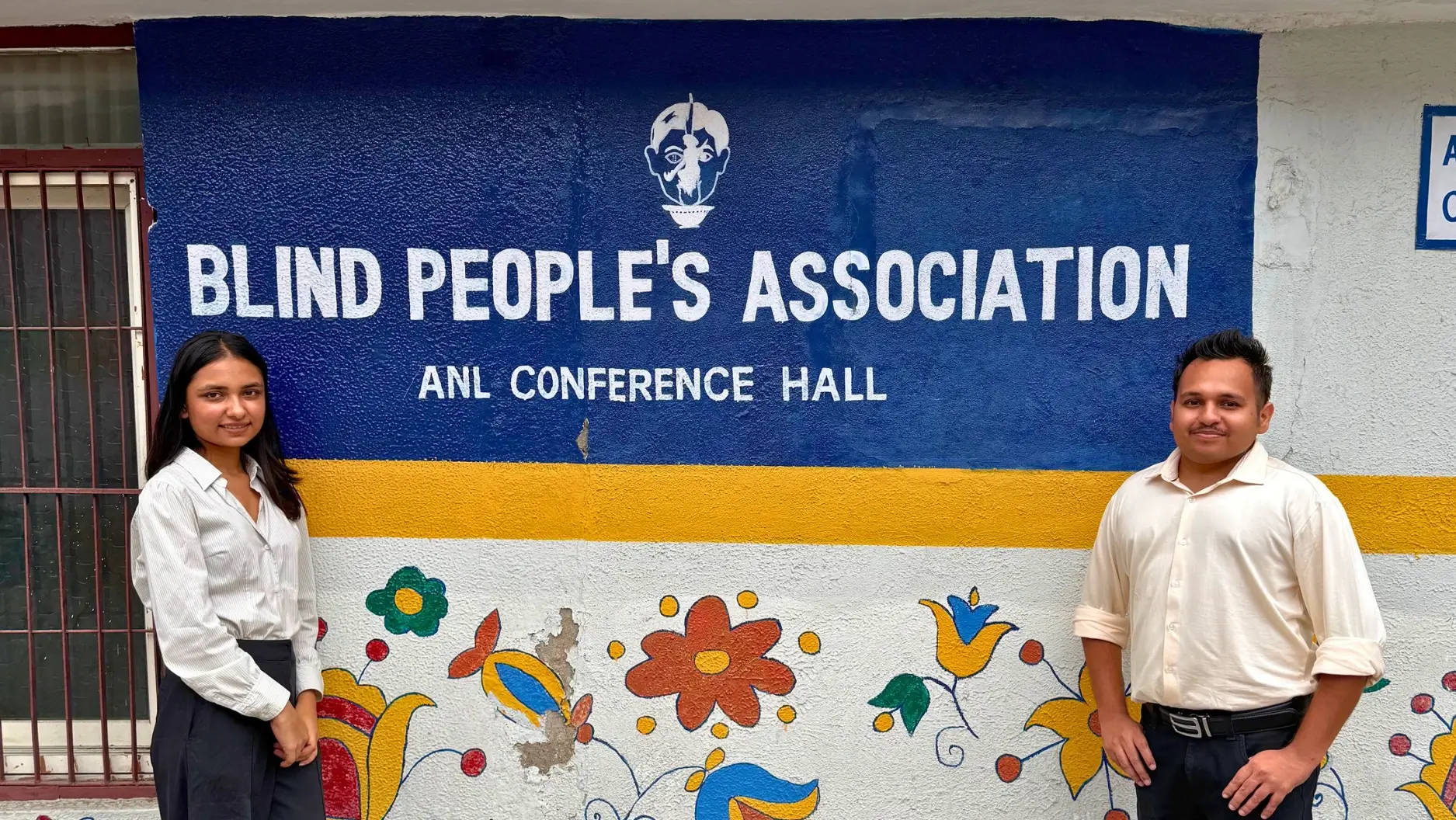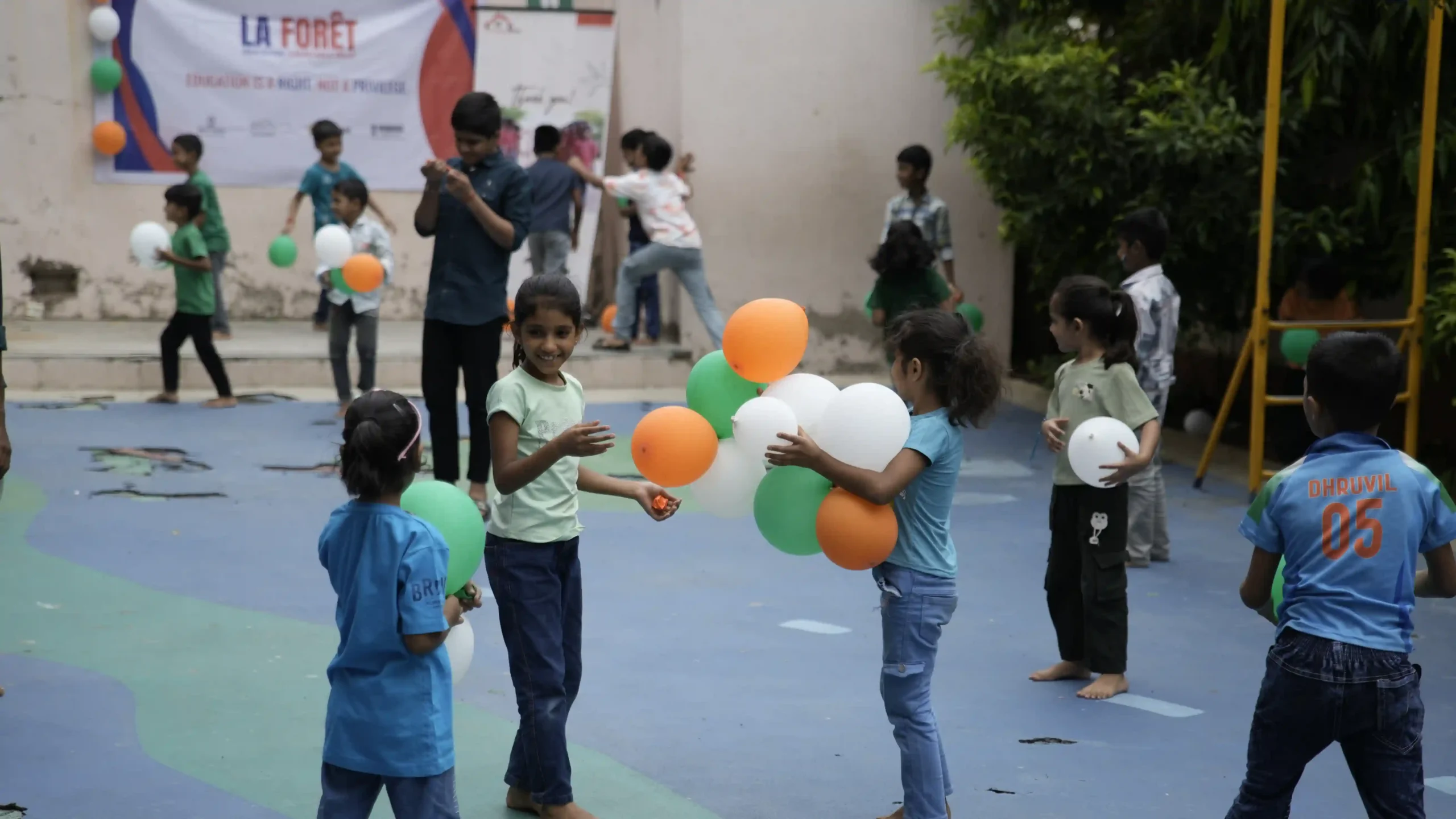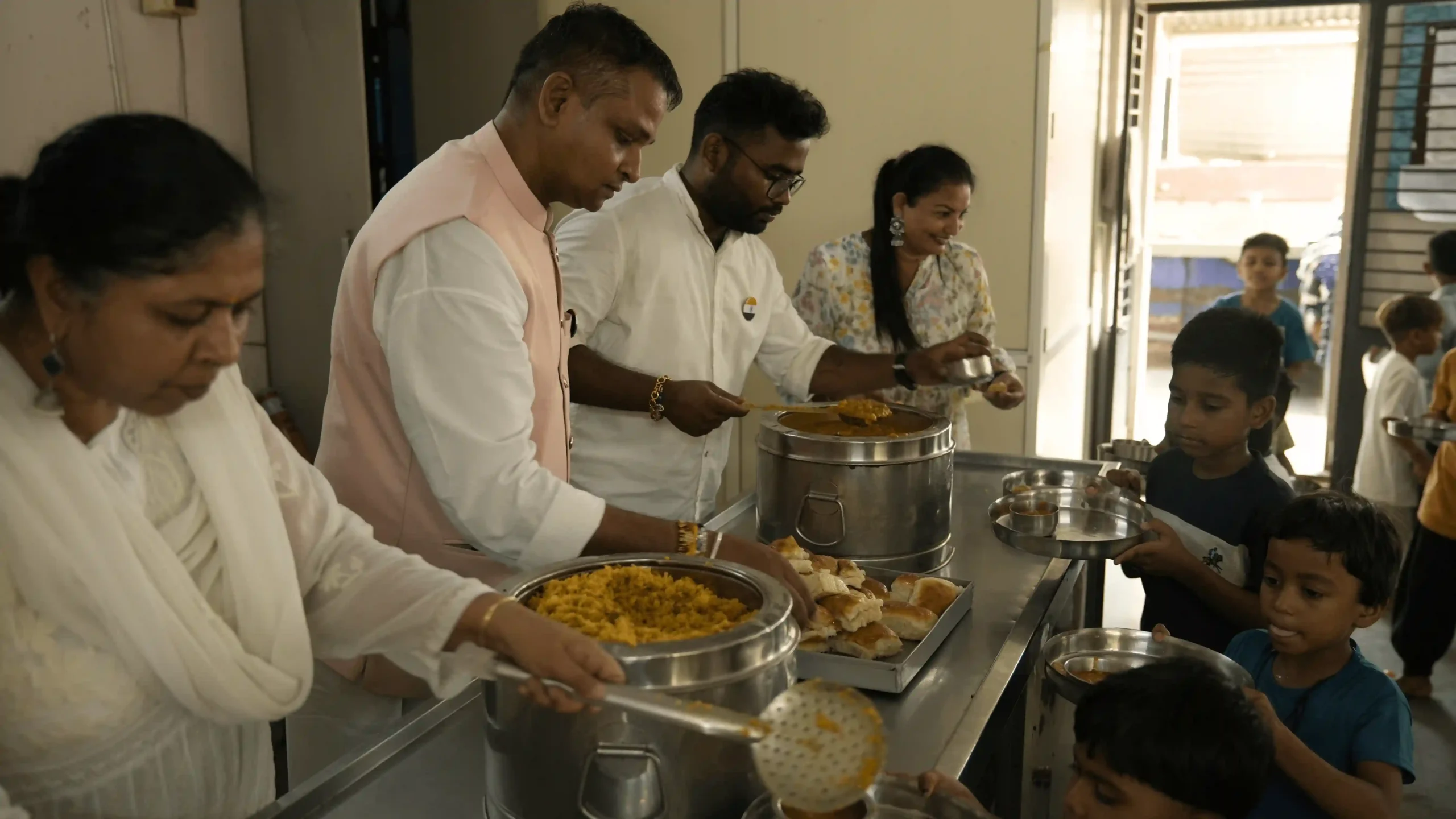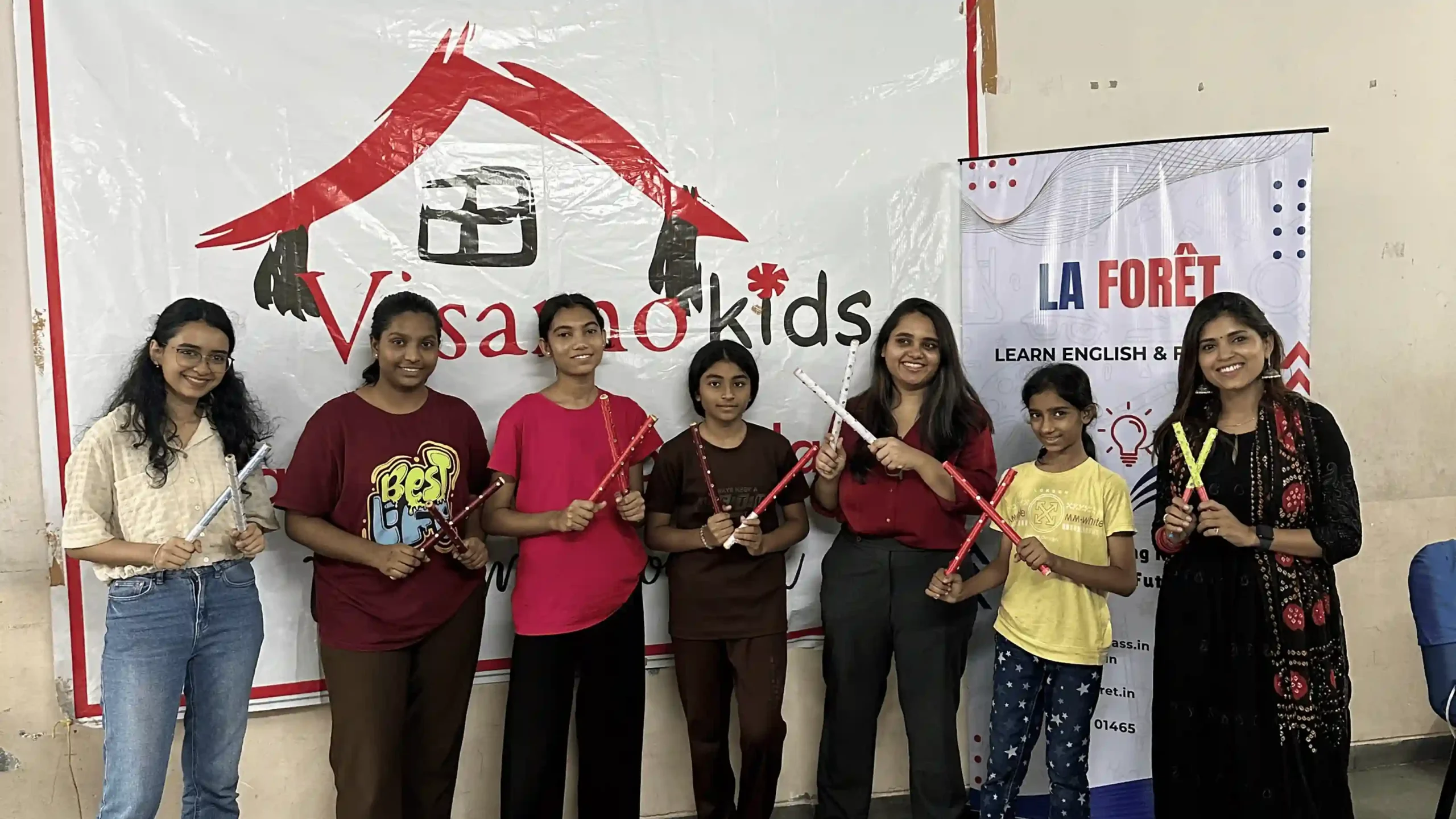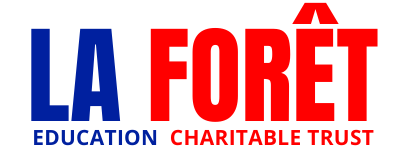Education is often seen as a ladder out of poverty—a promise of a brighter, better future. But for many underprivileged families, this ladder is missing a few rungs. Even with free education schemes by governments and NGOs, hidden costs like uniforms, books, transport, or digital access quietly add up.
This makes it hard for the poor families to afford these costs and send their children to school. and without education, breaking out of poverty becomes nearly impossible. This creates a cycle where poverty leads to lack of education, and lack of education continues the poverty. But it is not only about money, there are other social, and emotional barriers that block the path to learning and growth.
This blog discusses those invisible costs of education that continue to make schooling an impossible dream for many.
What Are the Hidden Costs of Education?
When we talk about the cost of education we often focus on the big, obvious thing: tuition fees. But we often forget the real price families pay to keep a child in school like uniforms, shoes, notebooks, pens, lunch boxes etc. These essentials may seem small, but together they become burdensome for families living hand-to-mouth. A pair of black shoes can mean skipping a meal.
Now imagine if these families can’t afford a shoe, how can they get themselves to buy a smartphone? In the digital era, online learning has become common which calls for digital devices like smartphones or tablets with internet access. Online classes have widened the gap, leaving those without devices or internet even further behind.
Beyond basic supplies, there’s transportation to and from school. In rural areas or outskirts of cities, schools may be several kilometers away. A daily bus fare or a cycle becomes a recurring expense many simply can’t afford. What puts an additional financial pressure is the cost of private tuitions, which have almost become mandatory due to crowded classrooms.
And let’s not forget the most heartbreaking opportunity cost of education: For many families, especially in rural areas, children are active contributors to the household income or chores. Sending a child to school would mean a pair of hands less to do the tasks or earn daily wage. Thus, many families have to choose between putting food on the table today and investing in a better tomorrow. Each day spent in a classroom is a day’s potential income lost, a very real sacrifice that makes “free” education incredibly “expensive.”
The Emotional Toll on Underprivileged Families
Beyond money and the missed opportunities, there’s a profound emotional toll that quietly erodes the spirit of underprivileged families. Parents carry immense guilt when they cannot provide their children with basic educational necessities. Imagine a mother seeing her child go to school in a worn-out uniform, knowing she can’t afford a new one. This isn’t just financial stress; it’s a deep-seated feeling of failure, a worry that they are letting their children down despite their best efforts.
And children, too, are aware of their family’s struggles so they also internalize the pain. To justify their parents’ sacrifices they might feel the pressure to perform exceptionally well. That’s how the simple joy of learning is ruined by concerns about falling behind or the embarrassment of not having the right books. Some feel ashamed of their circumstances while some skip meals. How can they focus on studies with an empty stomach? Carrying a heavy weight on their young shoulders, they choose to drop out, not because they don’t want to learn, but to lessen their family’s financial and emotional load.
The Social Barriers Beyond Finances
Education isn’t just about what happens inside the classroom; it’s deeply influenced by the world outside it. Besides money, many children from underprivileged backgrounds face deep-rooted social obstacles like language barriers, discrimination, and lack of support that keep them out of school.
Some come from communities where education is not prioritized, especially for girls. Cultural expectations often place the burden of household chores or early marriage above learning. Others face discrimination or bullying for the way they dress, speak, or behave. In a classroom where most students come from more privileged backgrounds, they might feel a lack of social support from peers or even some teachers who might unconsciously hold biases. These experiences create a sense of “I don’t belong here.”
When no one in the family has gone to school, it’s difficult to believe that education is worth it. A lack of educated role models within their immediate circles or communities can make it harder for children to envision a different future for themselves.
Moreover, exposure matters. Children from wealthier backgrounds grow up with books, museums, educational trips, and digital resources. In contrast, underprivileged students often lack this nurturing environment. They might be starting from a blank slate. These invisible social walls makes it incredibly challenging to bridge the gap between privileged and underprivileged students, and this gap grows wider every year, even if they sit in the same classroom.
Long-Term Impact of These Hidden Costs
Due to these barriers, the consequences are not just immediate but long-lasting and echo through their entire lives. When families grapple with these expenses, the easiest solution often becomes pulling children out of school. This leads directly to higher dropout rates, especially at critical junctures like the transition from primary to secondary education, and even more so for girls. A child who leaves school early is immediately at a disadvantage in the job market, facing significant employment challenges. They are often confined to low-paying, informal labor, with little to no job security or opportunity for growth.
This lack of stable, well-paying work means they, in turn, struggle to provide for their own families, mirroring the struggles of their parents. The cycle of generational poverty tightens its grip, passed from one generation to the next. Their children will then face the same challenges again, making escape from poverty incredibly difficult without targeted intervention. The country also bears the loss. A large portion of the population remains under-skilled and under-employed. It slows down social progress and economic growth.
But when barriers are removed, when a child is given a chance, education can make a change. It doesn’t just change one life; it can change generations.
How Communities and Organizations Can Bridge the Gap?
Solving these problems isn’t easy, but it’s possible. It’s a challenge too big for any single entity. This is where the work of local NGOs, trusts, government schemes, and strong community efforts come into picture.
Government initiatives like mid-day meals, scholarships, and Beti Bachao Beti Padhao have made an impact, but much more needs to be done in implementation. So, who fills these critical voids that remain? Local NGOs and charitable trusts often work at the grassroots level, helping families who are left out of larger government programs. Free tuition centers, book donation drives, school kits, uniforms and emotional mentoring are just some of the ways communities can step in.
Organizations like La Forêt Education Charitable Trust are quietly but powerfully transforming this reality by supporting those who would otherwise be left behind. They offer educational support, counseling, and most importantly, hope. Hope that the cycle of struggle can be broken.
Creative Solutions and Stories of Change
Despite the challenges, hope still shines brightly. Through creative solutions, we are finally making a real difference. And innovative models don’t mean it has to be expensive. Some of the most powerful changes come from simple ideas backed by care and commitment.
Think of community-driven learning centers set up in village halls, offering free after-school support. Or mobile libraries on wheels, bringing books and learning materials directly to remote areas. Some initiatives provide refurbished digital devices coupled with basic internet access, which they can share amongst themselves and learn. Peer-to-peer mentoring programs encourage group of college students to educate younger slum children, without high costs.
Take the story of Meena, a bright girl from a small town in Gujarat. Her parents couldn’t afford her school books. A local charitable trust, noticed his potential. They stepped in, offered her basic materials and weekend tutoring. With newfound support, she excelled. Today, she’s the first in her family to attend college. She became an inspiration for her younger brother and now he also dreams of becoming a teacher. A profession that helped her sister and helps millions. Her story is a reminder that change is possible. One act of kindness, one opportunity, can make all the difference.
Why Addressing Hidden Costs Matters for Society?
Addressing these hidden costs isn’t just an act of charity; it’s a fundamental investment in the very fabric of our society. When every child, regardless of their background, has genuine access to quality education, it leads to a profound reduction in inequality and closing the education gap. Educated individuals are more likely to participate actively in civic life, leading to stronger, more vibrant communities with lower crime rates and better public health outcomes.
Economically, ensuring everyone has the chance to learn unleashes a wave of untapped potential. A more educated workforce is more productive and innovative, driving sustainable economic growth for the entire nation. It means more entrepreneurs, more skilled workers, and a more dynamic economy. Ultimately, by tackling the hidden burdens of education, we are not just changing individual lives; we are building a more just, prosperous, and harmonious society for everyone. It’s a collective good that benefits us all.
Thus, as a society, we can’t afford to ignore these invisible struggles any longer. The journey to education for every child is a shared responsibility. Every effort in this direction brings us closer to a brighter, more equitable future. So, let’s not just talk about change, let’s be the reason it begins.

